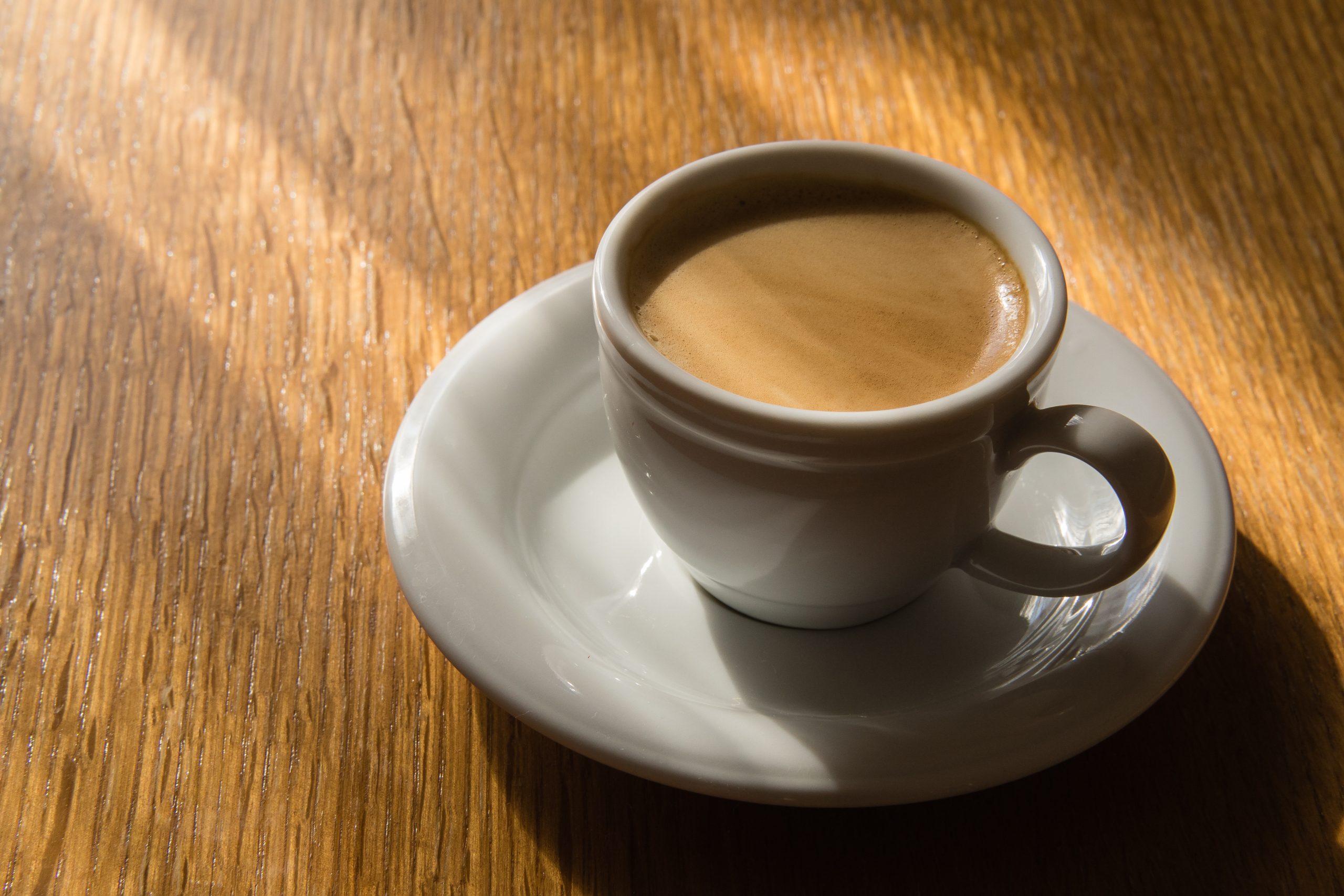Brewing coffee is an art form that requires skill, patience and a deep understanding of the science behind it. Whether you’re new to brewing or have been doing it for years, there’s always something new to learn about this delicious beverage we all love so much. In this comprehensive guide, we will cover everything from the basics of extraction to different brewing methods and tips on how to optimize your brew. So let’s get started!
Introduction to Coffee Brewing
Coffee brewing can seem intimidating at first glance, but once you understand the basic principles, it becomes easier than ever to create a perfect cup every time. The key to great coffee lies in proper extraction – getting as much flavor out of those precious beans as possible. To do this, you need to control three main factors: water temperature, grind size, and contact time between the water and coffee grounds.
The Science of Extraction: How to Get the Most Out of Your Beans
Water temperature plays a crucial role in determining the final taste profile of your coffee. For optimal extraction, aim for a temperature range of 195-205°F (90-96°C). If the water is too hot, you risk burning the coffee and creating unwanted bitterness. On the other hand, if the water is too cold, you won’t extract enough flavor from the beans.
Grind size also affects extraction by controlling the surface area of the coffee grounds exposed to the water. A finer grind size increases the amount of surface area available for extraction, resulting in a more intense flavor profile. However, if the grind size is too fine, it can lead to over-extraction and undesirable qualities such as sourness and harshness.
Contact time refers to the length of time the water comes into contact with the coffee grounds during brewing. This factor affects both the rate and degree of extraction. Longer contact times result in slower extraction rates, which allow for greater flavor development while shorter contact times produce faster extractions with less flavor development.
A Comprehensive Guide to Different Brewing Methods
There are many ways to brew coffee, each with its unique advantages and disadvantages. Here are some popular brewing methods:
Drip Brewing: This method involves pouring water through ground coffee using gravity to filter the coffee into a carafe or pot below. It’s simple, easy to use and produces consistent results. However, drip brewers tend to heat the water to higher temperatures, leading to over-extracted coffee with lower acidity levels.
French Press: Also known as a press pot, this method uses a plunger to push down the coffee grounds against the bottom of the pot after steeping them in hot water. French press produces a rich, full-bodied coffee with low acidity due to longer contact time between the water and coffee grounds. However, it can sometimes result in sedimentation and gritty texture.

Chemex: This manual pour-over method uses a conical shaped vessel made of glass or ceramic. Water is poured slowly over the coffee grounds until they reach the desired level of extraction. Chemex produces clear, bright coffee with balanced flavors and aromas due to precise control over water flow and contact time. However, it requires careful attention and practice to achieve consistency.
Siphon: Also called vacuum brewer, siphon uses two chambers connected by a tube where vapor pressure creates suction to pull water up through the coffee grounds. Once the water reaches the upper chamber, it drips back through the coffee grounds into the lower chamber. Siphon brews clean, crisp coffee with high acidity and complex flavors due to rapid heating and cooling cycles. However, it’s relatively expensive and requires regular maintenance.
Optimizing Your Brew: Tips and Tricks for Perfect Coffee
Once you master the fundamentals of coffee brewing, it’s time to take things to the next level. Here are some tips and tricks to help you optimize your brew:
Use freshly roasted beans: Freshly roasted beans retain their natural oils and aromatics, producing brighter, cleaner flavors. Buy whole bean coffee and store them properly to maintain freshness.
Experiment with different ratios: The ratio of coffee to water varies depending on personal preference and brewing method. Start with a standard ratio of 1:16 (coffee to water) and adjust accordingly.
Play around with grind size: Grind size affects not only extraction but also the overall mouthfeel of the coffee. Experiment with coarser or finer grinds to find what works best for you.
Pay attention to water quality: High-quality water produces better coffee because it lacks impurities that can alter the flavor profile. Use filtered or bottled water for best results.
Clean regularly: Regular cleaning and maintenance of your brewing equipment ensures consistent performance and prolongs their lifespan. Follow manufacturer instructions for specific care guidelines.
In conclusion, coffee brewing is both an art and a science that takes time and effort to master. By understanding the fundamental principles of extraction, experimenting with different brewing methods, and optimizing your brew, you can unlock the true potential of one of the world’s most beloved drinks.